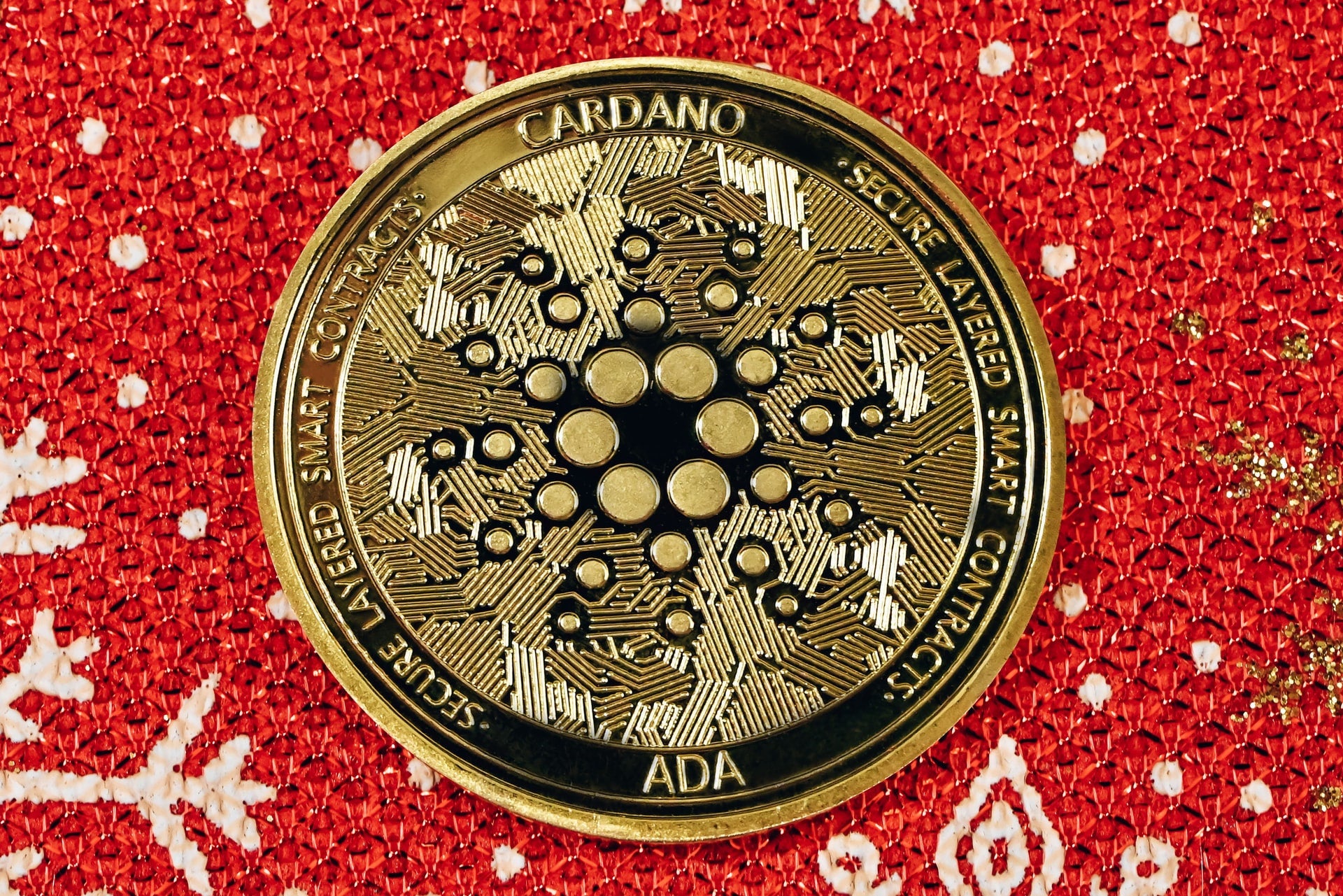
Crypto projects are constantly evolving. Cardano is too. The Vasil hard fork is the next major update to the Cardano network.
What is the Vasil hard fork?
The Vasil hard fork is a new update to the Cardano network that is completed in September 2022. The name Vasil was not coined during a team outing, but the team named this upgrade after a well-known person within the Cardano team, namely Vasil Dabov. This is not the first time the Cardano team has named parts or updates after famous people. Cardano's acronym, ''Ada,'' comes from the world's first computer programmer, Ada Lovelace.
What does the Vasil hard fork improve for ADA?
During the last hard fork of Cardano (Alonzo), the infrastructure of the network was greatly improved. Through the Vasil update, the Cardano team wants to take the next step. The Vasil hard fork should make the Cardano network more robust and much more scalable.
With the Vasil hard fork, certain 'improvements' are made:
- On-chain storage of data created by users will become possible;
- The use of data over the network is reduced and the throughput of data is increased;
- Also, this upgrade will ensure that Cardano's network is better protected against a DDoS attack.
Better scalability
Cardano is not (yet) competitive to the big credit card companies like Visa and Mastercard. Cardano cannot yet process that many transactions per second. Visa and Mastercard can process many more transactions. So the blockchain cannot compete with Visa and Mastercard at this point. But there is already a lot of movement in it. The blockchain is being improved by several projects, including Cardano. Cardano wants to improve the blockchain so that more transactions can be processed. And not only Visa and Mastercard are competitors. Other blockchain projects that have scalability high on their agenda are also Cardano's competitors. Think of Ethereum, Polkadot, Solana, etc.
Cardano would like to be able to process more transactions without increasing transaction costs or transaction processing time. How does Cardano do this?
- Pipeline: a large input of data (which can be anything. a message, a transaction) is divided into several steps. A specific piece of hardware is responsible for executing that transaction. By chopping up transactions, more transactions can be processed simultaneously.
- UTXO on-disk storage: This allows for the storage of leftover transactions, also known as the Unspent Transaction Output (UTXO).
- Hydra: Hydra will enable connections between Cardano and other blockchains. Hydra is thus a layer 2 bridge, which is why it is also called Hydra L2 Solution. Such a bridge is incredibly important because it will improve Cardano's interoperability with other blockchains.
Hydra along with pipelining is the groundbreaking updates. This will bring it ever closer to being able to compete with Visa and Mastercard.
The development of Cardano and the Cardano blockchain takes a long time.
The team behind Cardano believes that it is incredibly important to do a lot of (scientific) research before a blockchain can be used on a large scale. Blockchain technology is still young and not yet far developed. Cardano needs to become a sustainable blockchain that should not experience any problems in its use. Therefore, the Cardano team is very careful in the development of their blockchain.
In addition, the Cardano team includes many scientists, testers and researchers. They have to make sure that every update and component of the blockchain network is properly tested and researched. Only then can an update or network component be used by third parties. Cardano wants to prevent this from causing problems after its rollout. A good example of releasing a blockchain in a hurry is Solana, which struggled with security problems.
Interested in the technical part of the upgrade: click here!
A snippet of the technicals:
1 Introduction
This specification describes the incremental changes from the Alonzo era of Cardano to the Babbage era. The main objective of this era is to make small adjustments in many places, usually to simplify the ledger or to include features that didn’t make it into past eras. As part of this effort, we also make some changes to the notation used in these specifications, which should make them easier to understand and maintain.
Concretely, this specification makes the following changes:
- Add reference inputs to transactions
- Add inline datums in the UTxO
- Add reference scripts Incredibly difficult to code. But also a security challenge. If this part succeeds, then it will be a game changer. This will increase transaction throughput by an order of magnitude.
- Add transaction fields for specifying and returning collateral
- Remove the protocol parameters d and extraEntropy
- Remove the overlay schedule
- Block headers to only include a single VRF value and proof
- Remove the pre-filtering of unregistered stake credentials in the reward calculation


Reactie plaatsen
Reacties